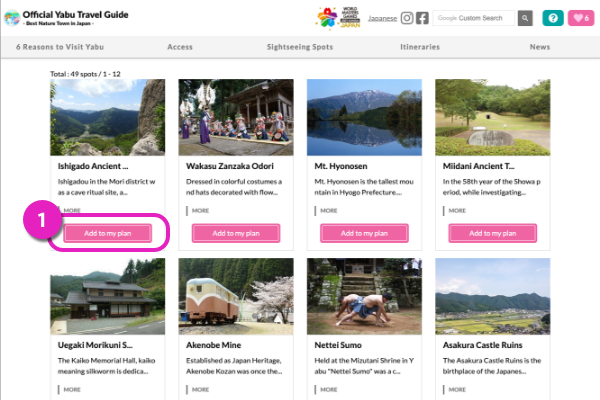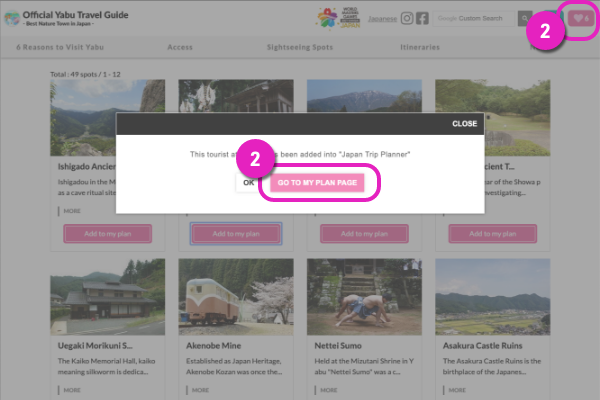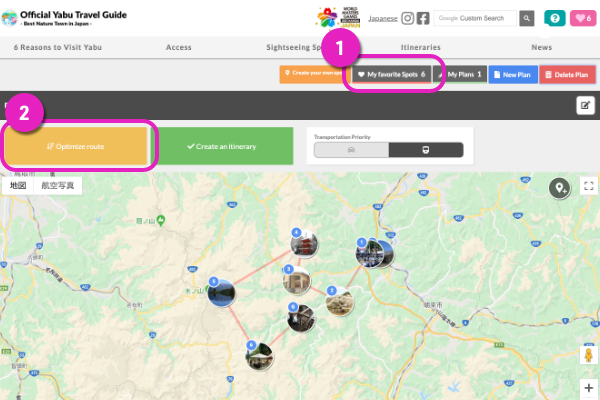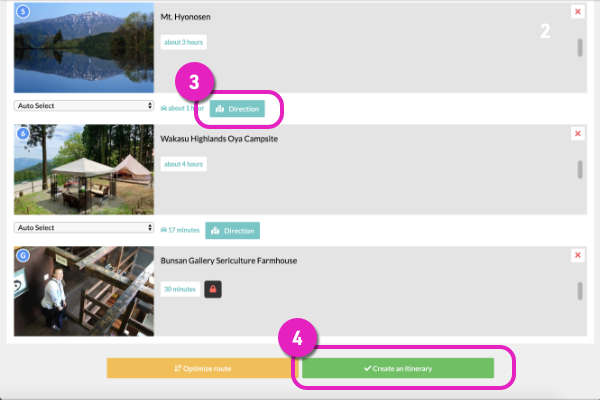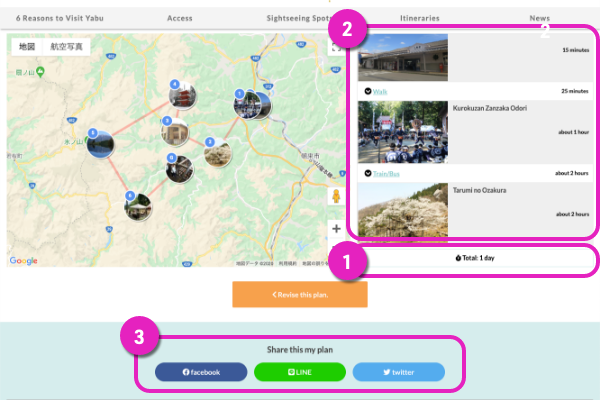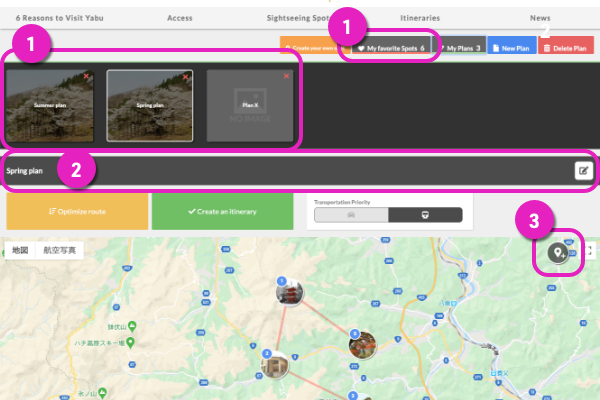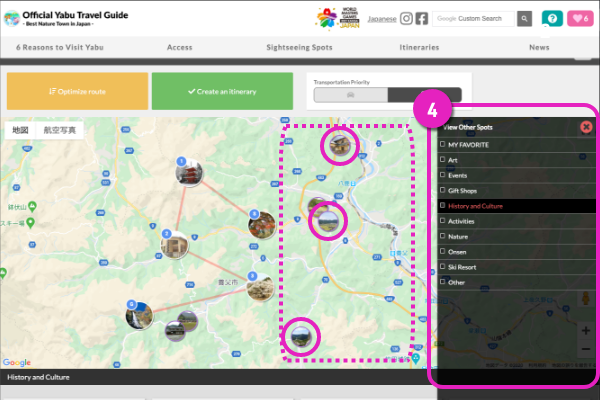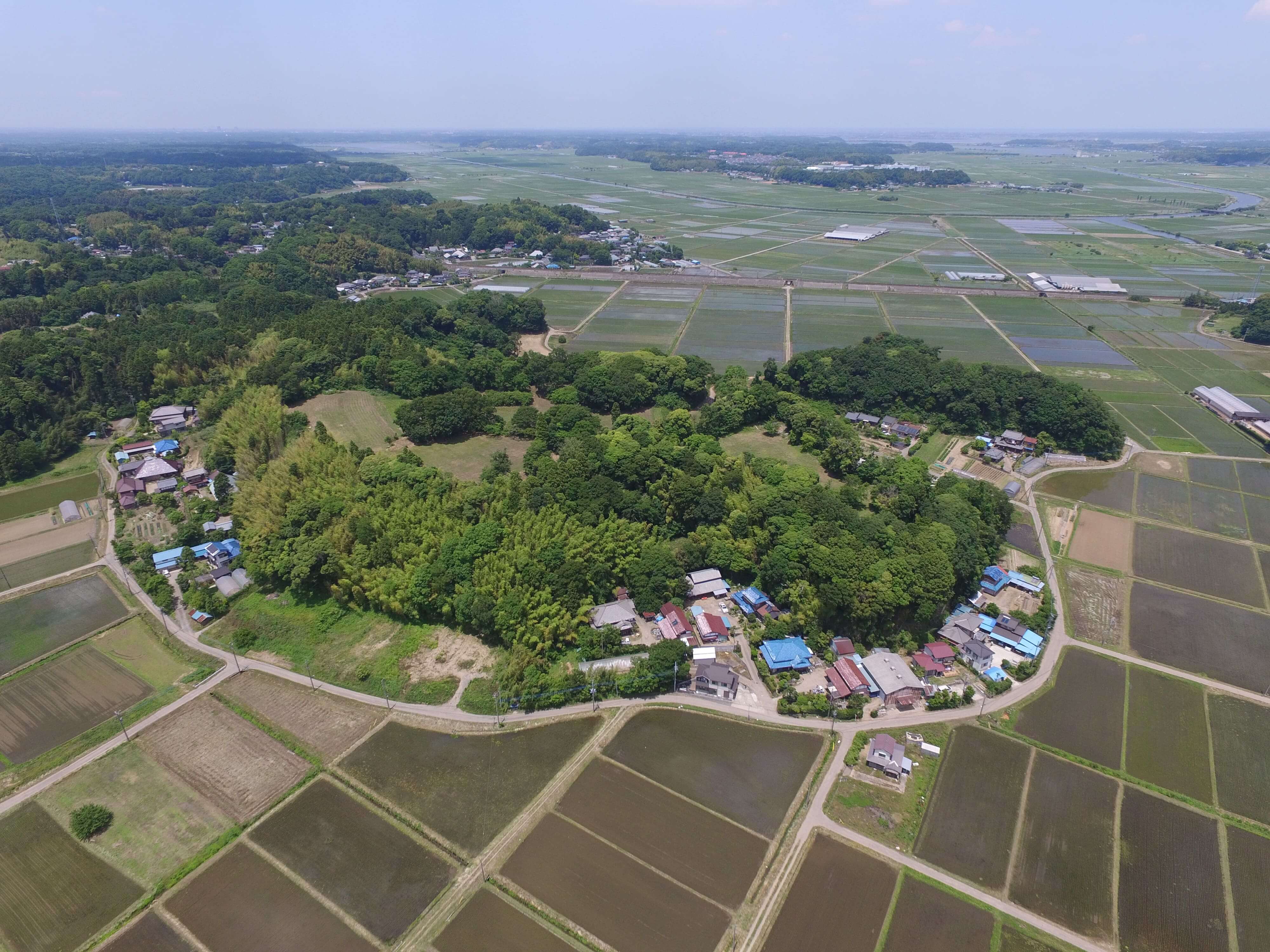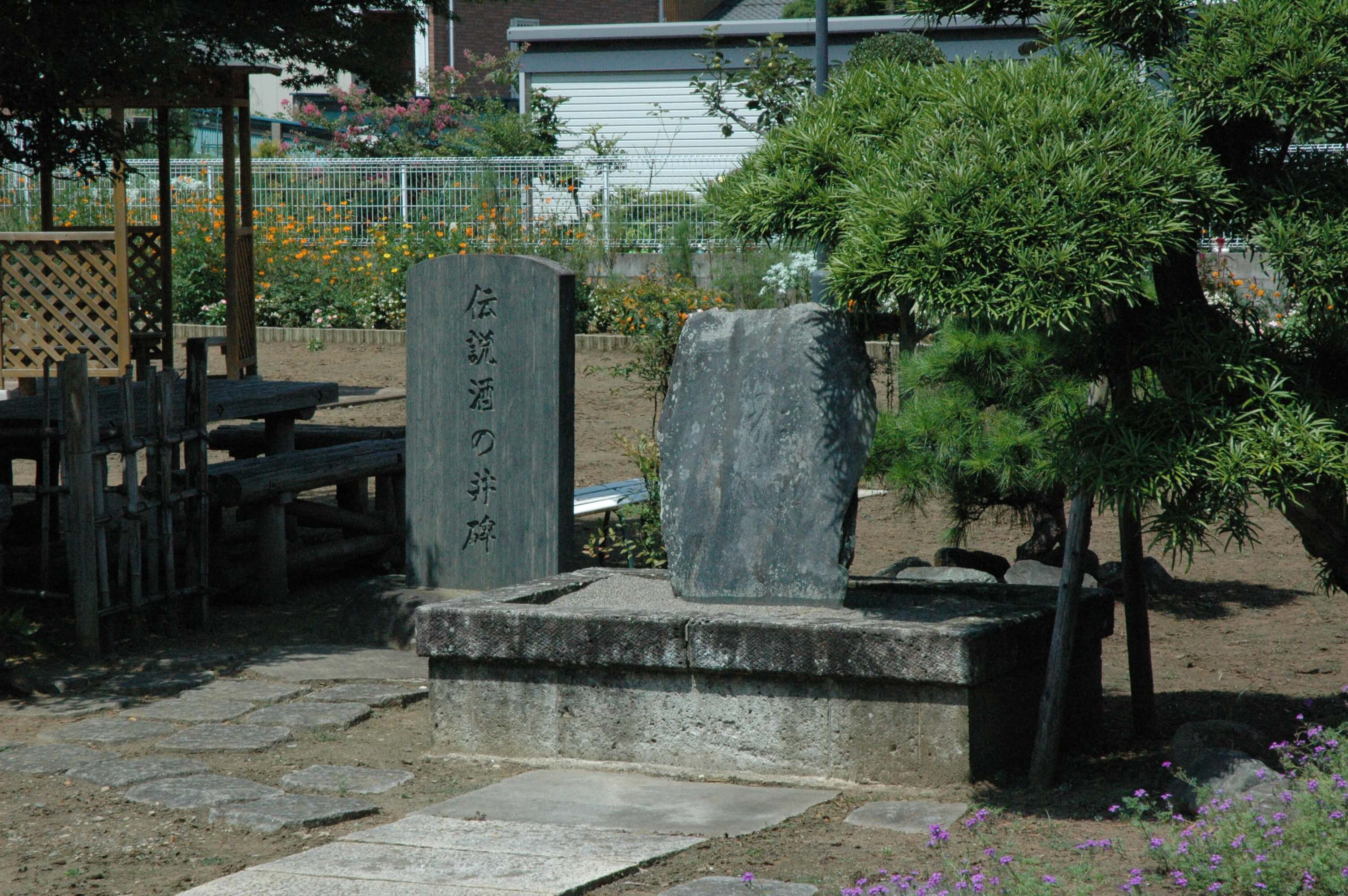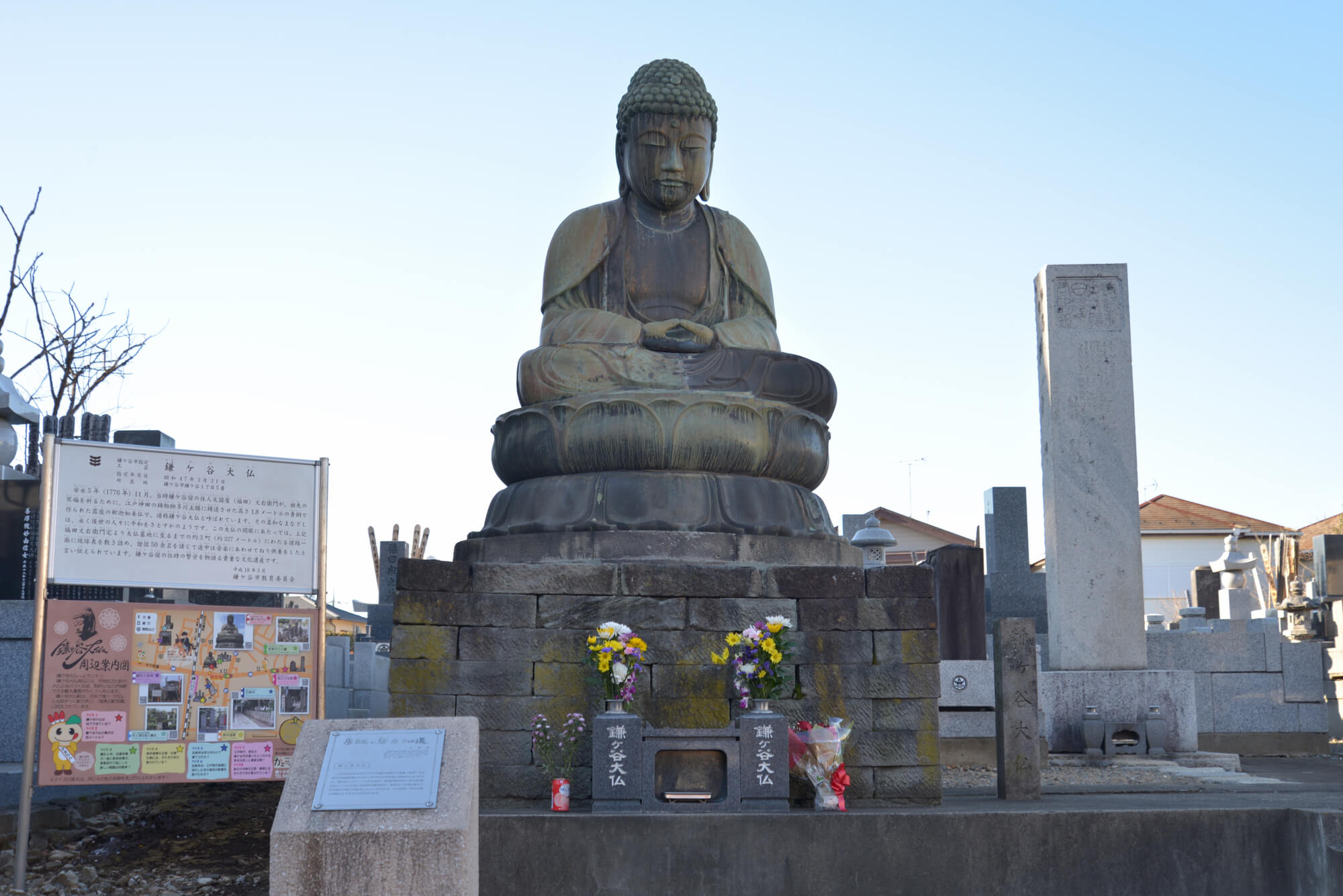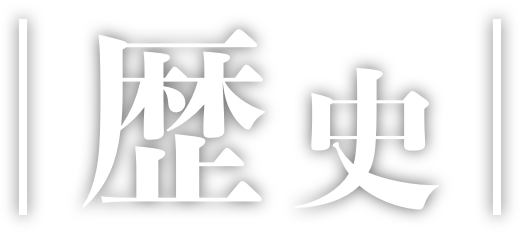
History
Cultural Properties Which Convey the Historical Background of the “Maki of Bōsō”
The Moto Sakura Castle (National Historic Site) in Shisuimachi was the castle site were the Chibashi (Chiba clan) resided in the Sengoku period. The Sakura Mokushi are known to have been the descendants who continued the lineage of the retainers of the Chibashi. The castle remains in the mountains of Kamogawa City was the castle site where Masaki Tokishige used to live in the Sengoku period. The castle remains are in Mineokamaki.
Cultural Properties Which Convey the Marks Left Behind by the “Maki of Bōsō”
The tokkome (facilities which captured wild horses) and the nomadote (an embankment made to manage wild horses) of maki (pastures) to which horses were driven into can still be seen at famous places such as the Koganemaki sites of Kamagaya (such as the tokkome of Nakanomaki), Kashiwa, Sakuramaki sites of Narita and Yachimata and Mineokamaki sites of Kamogawa City.
Daily Life with Maki
Makiezu in which the entirety of the maki is pictured and ancient documents of wild horse catching and deer hunting of the shogun can be seen at local museums such as Kamagaya and Narita. At the “Rakunō no Sato” neighboring Kamogawa City, you can see the history of Mineokamaki and scenes of dairy farming.
Recommend Spots

Kamagaya City Local Museum
Maki-area: Kogane-maki
Here you can learn the history, folklore and about the nature of the local area. On display are stoneware, earthenware, itahi (board monuments), historical documents, folkcraft articles and more, which have been discovered in the city. There are also many exhibits of materials related to maki (pastures), the cultivation of Hatsutomi and more.

Former Yoshida Residence
Maki-area: Kogane-maki
The Koganemaki Inspector Mokushi (a governmental post in charge of maintaining pastures) Yoshida family were involved with the management of maki (pastures) over four generations. The main building is a wooden single-story house with a thatched roof which was built in Kaei 6 (1852). The study is a wooden single-story building with a pantile roof built in the same year.
